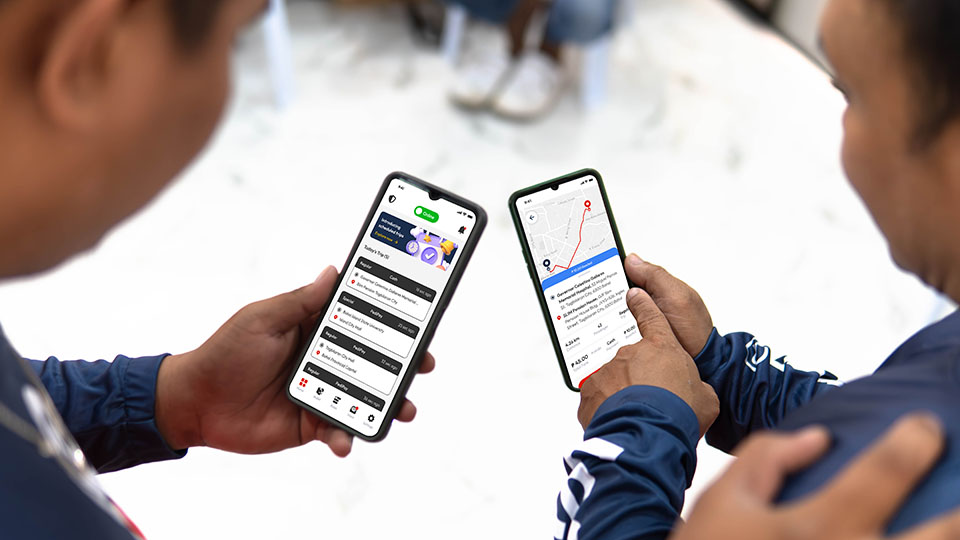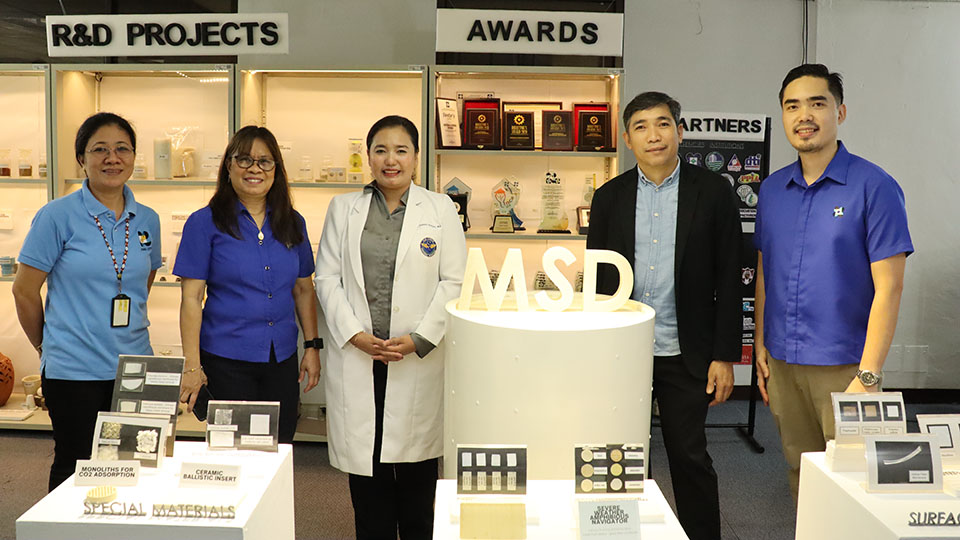Marginalized, vulnerable, and indigenous populations in the Philippines often live in remote places and are frequently reluctant to see a doctor. Thus, they remain a medically underserved segment of the population. Pia Zamora, a medical doctor, coordinates the Atipan Telehealth Project, which aims to provide healthcare services in the Western Visayas islands in the Philippines, in particular to the Ati indigenous peoples.
The two-year project, due to end in November 2023, aims to capacitate ten vulnerable, marginalized communities, seven of which are Ati indigenous peoples communities and three poor rural communities. Some 6,000 people live in these communities. Atipan is a Hiligaynon word that means “to take care of.”
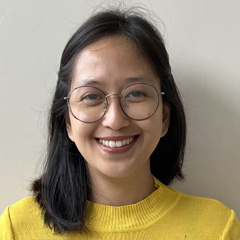
Pia Zamora graduated from the University of the Philippines Manila College of Medicine with an MD-Phd degree in molecular medicine. She subsequently worked as a researcher at the Leptospirosis Prevention and Control (LEPCon) Laboratory at the UP Manila College of Public Health, and in 2020, joined the University of San Agustin’s Center for Informatics (CFI) as a Post Doctoral Research Fellow. She coordinates doctors, patients, and health coordinators and relays concerns to relevant government agencies for the project, which CFI heads.
Always interested in medical science, Pia realized over the years that “we can only do so much in the lab or the hospital, but to improve healthcare and health among those who really need it, we have to go to the communities, build and strengthen leadership, and understand their unique contexts.”
Improving Ati Indigenous People’s Access to Healthcare
One of the causes of low healthcare access is poor health-seeking behavior in some partner communities. “Despite the fact that they have access to government-funded rural health centers, they don’t go consult,” she said. Some Ati indigenous community members also face mobility challenges regarding transportation, traveling to and from hospitals, and rural health units. She explained that most are unaware of the available health services at rural health centers. The ultimate target is establishing a reliable referral network that ensures continuity of care beyond the online consultation and, more importantly, enacting disease prevention and control measures with community residents,” she added.
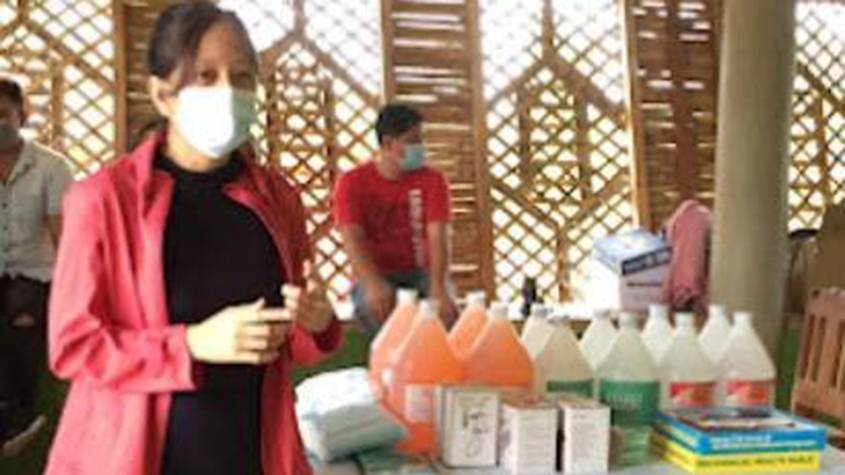
Free Medical Teleconsultations to Ati Indigenous People
The Atipan Telehealth Project provides free medical teleconsultations and includes three teams: Community Team, Fitness and Health Team, and Infrastructure Team. The Community Team facilitated the social preparation of communities. The Infrastructure Team ensures that telecom networks work efficiently in the communities. Based on this assessment, the communities receive appropriate sim cards, a smartphone, and a tablet.
Alongside this, the team also developed the Uncomplicated EMR (UnEMR), an electronic medical record app that serves as the patient database for ATIPAN. The Fitness and Health Team, headed by Pia, ensures that healthcare services are made available in these communities primarily through teleconsultations.
ATIPAN Telehealth Coordinators and Healthcare Database
The ATIPAN Telehealth Project’s health coordinators are community members responsible for coordinating consultations with doctors. Pia explained that faced with fluctuating internet connections, they try to find solutions to ensure the continuance of scheduled teleconsultations. If patients are bedridden, the health coordinator will arrange the teleconsultation from patients’ homes. The 23 health coordinators underwent training in data ethics and privacy, using the UnEMR and basic medical equipment to provide doctors with patients’ vital signs. They are contracted to cater to at least seven patients a week throughout the project.
The twelve doctors who work with Atipan have their own practice; most speak the local language, Hiligaynon. “Some speak Tagalog, but everyone adapts and can build a trustful relationship between patients and doctors,” Pia said.
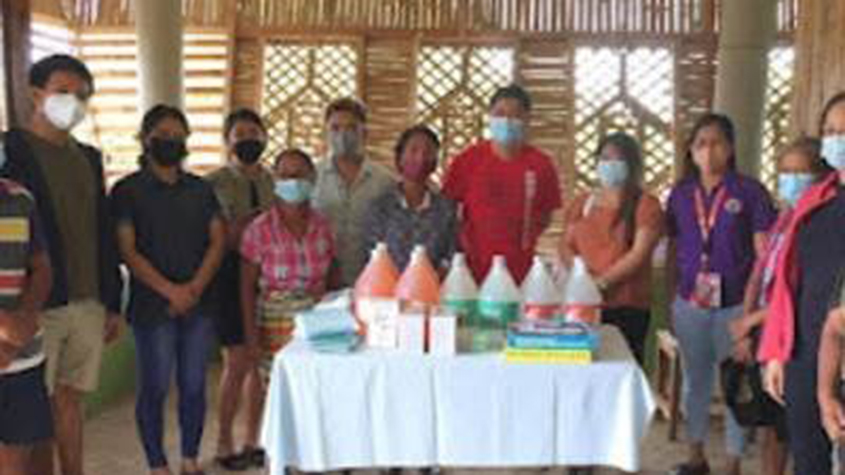
Health of Indigenous people in the Philippines
“The most common health-related issue in children and adults are upper respiratory tract infections, followed by lifestyle-related conditions such as hypertension and diabetes. Tuberculosis is also a common concern.”
Atipan has facilitated over 3,000 consultations since July 2022, most in the pediatric population.
Expanding Atipan to Other Vulnerable Communities in the Philippines
Moving forward with its initial two-year project timeline (funded by the Asian Development Bank (ADB) under the auspices of the Republic of Korea’s e-Asia and Knowledge Partnership Fund (EAKPF), Atipan hopes to expand to three to five additional communities and take the number of health coordinators to 30.
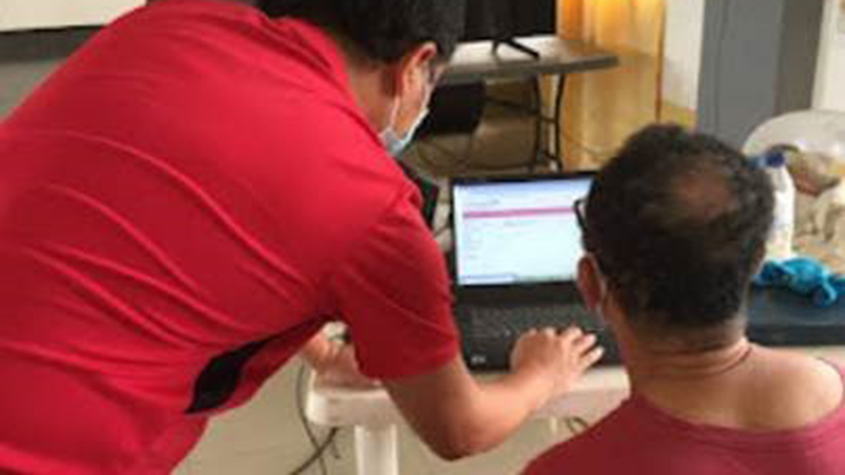
“Healthcare in the Philippines is mainly reserved for those who are financially capable,” Pia said, adding that although services are available to marginalized communities and vulnerable populations, those services are hindered by overwhelmed hospitals or long lines in the rural health units. She added that rural health units sometimes lack medication, and some diagnostic lab works are not conducted due to a lack of funding.
The Atipan project instills good health-seeking behavior and strengthens access to community members. It is like a bridge between communities to the health care system.
At present, Atipan only handles teleconsultations. The project funds consultation fees and some medication, but with 6,000 individuals to cover, the funding sometimes falls short.
The Atipan Project is now considering the benefits of IP Protection guidance, particularly on licensing options for the healthcare database and other project-related processes supporting the sustainability of telehealth consultations. They will be supported on IP issues by the Technology and Innovation Support Center (TISC) of the San Agustin’s University, which was set up by WIPO, along with over 86 such TISCs in the country.
The Center for Informatics (CFI) was established in 2018 with the primary objective of developing research informatics tools. Its current research portfolio includes projects on health, agriculture, chemistry, and marine sciences.


